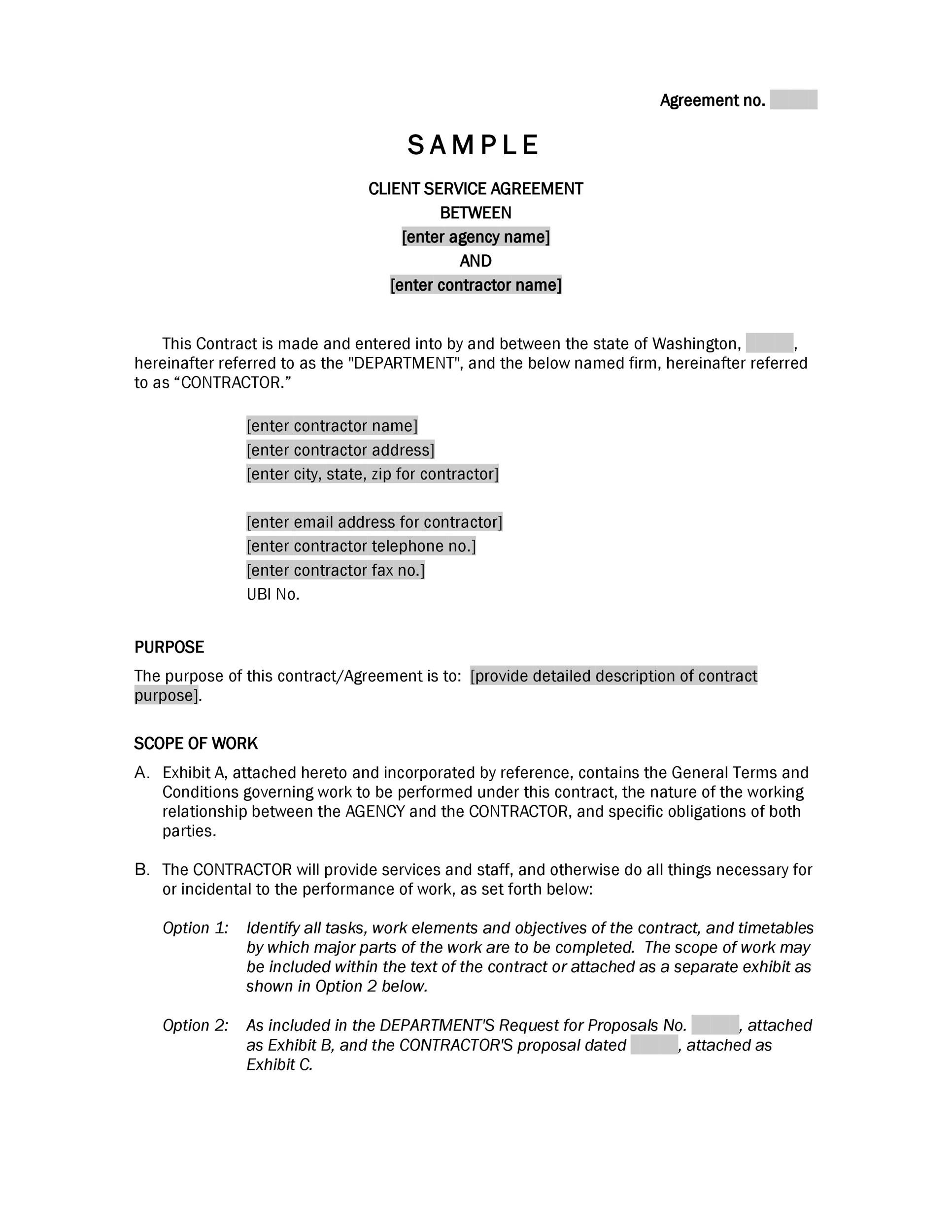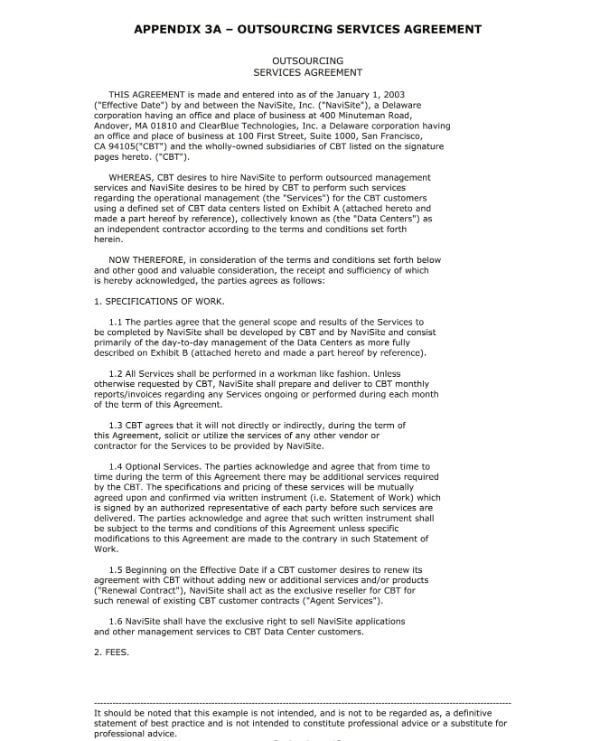

These examples, among many others, highlight the benefit of tapping capital, efficiency, innovation, and private-sector capabilities, to help meet the public sector’s complex needs. Contingent workforce: management and procurement, Audit Office of New South Wales, April 27, 2017,. In Australia, the New South Wales (NSW) government used an online vendor management system to procure contingent labor for the Department of Education, which was able to make savings of nearly $770,000 over a ten-month period. Kevin Wilcox, “Georgia’s I-85 span rebuilt and reopened faster than expected,” Magazine of The American Society of Civil Engineers, 2017,. Matthews to rebuild the Atlanta I-85 bridge, which was completed in only six weeks, thanks in part to performance incentives. In the United States, for example, the Georgia Department of Transportation contracted with C.W. In many cases, outsourcing has been beneficial for all parties, helping public-sector organizations to maintain service levels despite tight budgets and complete ambitious capital projects. Given the scope of goods and services that governments must provide, private-sector companies are often invaluable partners. The benefits and risks of public-private contracts

Many government agencies will also need to build additional capabilities and expertise to support this process but the payoff, in the form of improved supplier performance and better stewardship of public funds, can far exceed the investment.

In our experience, six success factors can help governments select the right partners, craft effective contracts, and manage the arrangement well from inception to delivery. Not only are these contracts typically complex but insufficient coordination, expertise, and resources across departments can result in a lack of focus on the most important areas. Getting it right requires creating contracts that are mutually beneficial for governments and suppliers-a significant challenge for public-sector agencies. A core task for governments, therefore, is to ensure the right conditions are in place for contracts to succeed. The US Government Accountability Office (GAO) has included contract management in its list of high-risk items over the past couple of decades. All of these issues share the same root cause: poorly structured individual contracts and inadequate procurement processes. When contracts are managed poorly, consequences can include cost overruns, financial problems with the private contractor, and poor service delivery. Due to government reliance on private-sector vendors, effectively managing the contracting process is critical.


 0 kommentar(er)
0 kommentar(er)
